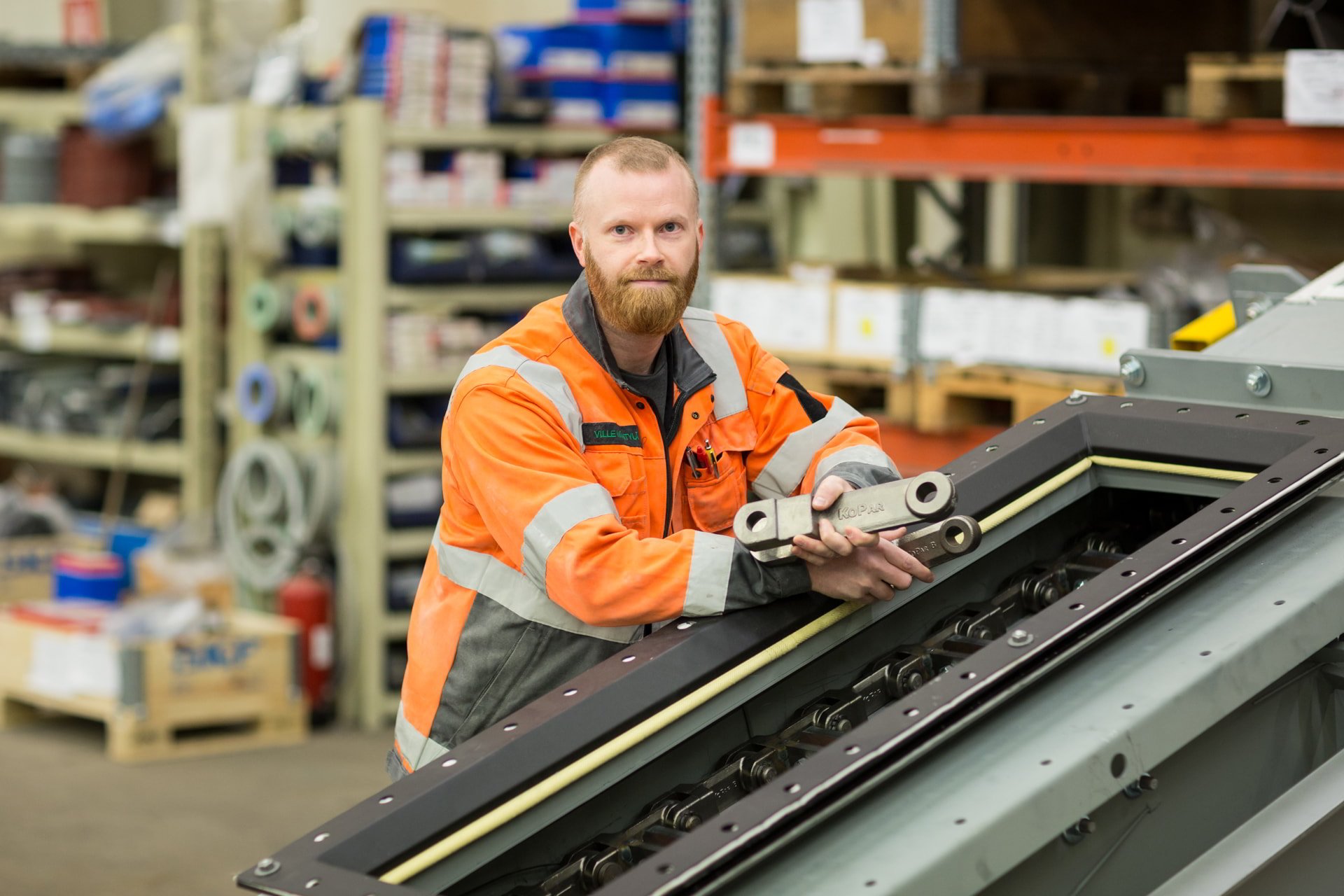Understanding the importance of WHB dust handling
Waste Heat Boilers (WHBs) are pivotal in the flash smelting process, where they play a crucial role in energy recovery and dust management. As the high-temperature off-gas undergoes cooling within the WHB, dust particles adhere to the water tubes, facilitating efficient dust removal. This process is essential not only for operational efficiency but also for maintaining a safe working environment. Proper dust management ensures that subsequent gas cleaning stages can operate effectively, thereby protecting both equipment and personnel.
Inadequate dust handling can lead to equipment malfunctions and health hazards, underscoring the importance of robust systems. The accumulation of dust in smelting environments can compromise air quality, posing respiratory risks to workers. Thus, effective WHB dust handling is vital for both safeguarding the workforce and optimizing smelter operations.
By integrating advanced dust handling solutions, smelters can enhance their operational efficiency while ensuring compliance with environmental regulations. This dual benefit makes the modernization of WHB systems a strategic priority for forward-thinking operations.
How modernisation enhances smelter safety
Modernizing WHB dust handling systems involves the adoption of cutting-edge technologies that enhance both safety and efficiency. Innovations such as automated control systems and improved filtration technologies can significantly reduce dust emissions. These systems offer precise control over dust management processes, minimizing human intervention and thereby reducing the risk of errors and accidents.
Enhanced safety measures in modernized systems might include improved sealing technologies that prevent dust escape and advanced monitoring systems that detect potential issues before they escalate. These upgrades not only protect workers from exposure to harmful dust but also ensure the longevity of the equipment by preventing clogging and corrosion.
Moreover, modern WHB systems can be integrated with IoT technologies, enabling real-time monitoring and predictive maintenance. This proactive approach allows for the identification of potential issues before they result in downtime, thereby maintaining continuous and safe smelter operations.
What are the challenges in current WHB dust handling?
Traditional WHB dust handling systems often face several limitations, which can impede the efficiency and safety of smelting operations. One common challenge is the inefficiency of outdated filtration systems, which may fail to capture fine dust particles. This not only impacts air quality but also necessitates frequent maintenance to prevent system blockages.
Moreover, manual monitoring and control processes in older systems can lead to human errors, increasing the risk of operational disruptions and safety hazards. The lack of automation and real-time data can result in delayed responses to system malfunctions, leading to costly downtimes.
Additionally, traditional systems may struggle with handling varying dust loads, which can lead to inconsistent performance. This unpredictability can compromise the overall efficiency of the smelting process, making it difficult to maintain optimal operational conditions.
Case study: Successful modernisation of WHB dust handling
A notable example of successful modernization in WHB dust handling is the case of a leading smelter that implemented advanced filtration and automation technologies. By upgrading their system, the smelter achieved a 30% reduction in dust emissions and a 20% increase in operational efficiency. This modernization effort resulted in improved air quality and enhanced worker safety, while also reducing maintenance costs by 25%.
The smelter's approach involved the installation of high-efficiency particulate air (HEPA) filters and automated dust management systems. These upgrades allowed for precise control over dust levels, minimizing the risk of exposure for workers and ensuring compliance with stringent environmental standards.
This case illustrates the tangible benefits of investing in modern WHB dust handling technologies, demonstrating that such upgrades can lead to significant improvements in both safety and operational performance.
Choosing the right solution for your smelter
Selecting the appropriate modernization solutions for your WHB dust handling system requires careful consideration of several factors. Start by assessing your current system's limitations and identifying specific areas for improvement. Consider the nature of the dust generated in your operations and the capacity of your existing system to handle it.
Evaluate the compatibility of potential upgrades with your current infrastructure and the ease of integration. Look for solutions that offer scalability, allowing you to adapt to future changes in production demands. Additionally, consider the total cost of ownership, including installation, maintenance, and operational expenses.
Engaging with experienced industry partners can provide valuable insights into the latest technologies and best practices. Their expertise can guide you in selecting a tailored solution that aligns with your specific needs, ensuring a successful modernization initiative.
Future trends in WHB dust handling technology
The future of WHB dust handling technology is poised for exciting advancements, driven by the increasing emphasis on safety and efficiency. Emerging trends include the integration of artificial intelligence and machine learning to enhance predictive maintenance capabilities. These technologies can analyze vast amounts of data to predict equipment failures and optimize maintenance schedules, ensuring continuous and safe operations.
Another promising development is the use of advanced materials in filtration systems, designed to withstand extreme conditions while providing superior dust capture capabilities. These materials can significantly extend the lifespan of the system components, reducing the frequency of replacements and associated downtime.
Moreover, the rise of smart smelters, equipped with IoT-enabled systems, is set to revolutionise dust handling processes. Real-time monitoring and remote management will enable smelters to respond swiftly to changing conditions, further enhancing operational safety and efficiency. As these trends continue to evolve, they promise to set new benchmarks in WHB dust handling technology.
In conclusion, the modernization of WHB dust handling systems is a critical step towards enhancing smelter safety and operational efficiency. By embracing advanced technologies and solutions, you can ensure a safer working environment while optimizing your smelting processes. Invest in the future of your operations by choosing the right solutions today, and stay ahead in the ever-evolving landscape of smelting technology.

You have a challenge that needs solving?
Let us help! Contact us for more information about our products and services.
